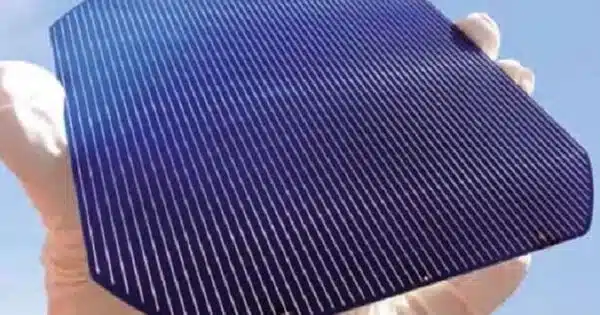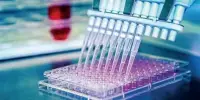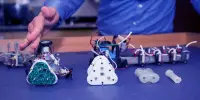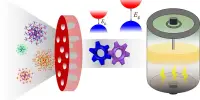Using machine learning to locate reliable and low-cost solar cells is a potential strategy that can help accelerate solar energy technology development and deployment. Machine learning can be used to optimize materials, design, and production at various stages of the solar cell research and manufacturing process.
Hybrid perovskites are organic-inorganic compounds that have gotten a lot of attention in the last decade because of their possible usage in renewable energy. Some are as efficient as silicon in the production of solar cells, but they are less expensive and lighter, possibly permitting a wide range of uses, including light-emitting gadgets. When exposed to moisture, oxygen, light, heat, and voltage, they breakdown much faster than silicon. Researchers employed machine learning and high-throughput trials to choose perovskites with the best properties from a broad field of potential configurations.
Researchers at the University of California, Davis College of Engineering are using machine learning to identify new materials for high-efficiency solar cells. Using high-throughput experiments and machine learning-based algorithms, they have found it is possible to forecast the materials’ dynamic behavior with very high accuracy, without the need to perform as many experiments.
The work is featured on the cover of the April issue of ACS Energy Letters.
These findings show that we can use machine learning to identify candidate materials and appropriate conditions to prevent degradation in perovskites. Our paradigm is unique, and I’m looking forward to seeing the upcoming measurements.
Marina Leite
According to Marina Leite, associate professor of materials science and engineering at UC Davis and senior author on the research, hybrid perovskites are organic-inorganic molecules that have attracted a lot of attention in the last 10 years for their potential use in renewable energy. Some are as efficient as silicon in the production of solar cells, but they are less expensive and lighter, possibly permitting a wide range of uses, including light-emitting gadgets.
The fact that perovskite devices degrade far faster than silicon when exposed to moisture, oxygen, light, heat, and voltage is a major hurdle in the sector. The challenge is determining whether perovskites combine high-efficiency performance with environmental robustness.
Perovskites have a general structure of ABX3, where A is an organic (carbon-based) or inorganic group, B is lead or tin, and X is a halide (based on chlorine, iodine or fluorine or a combination). Therefore, “the number of possible chemical combinations alone is enormous,” Leite said. Further, they need to be assessed against multiple environmental conditions, alone and in combination, which results in a hyperparameter space that cannot be explored using conventional trial-and-error methods.
“The chemical parameter space is enormous,” Leite said. “To test them all would be very time-consuming and tedious.”
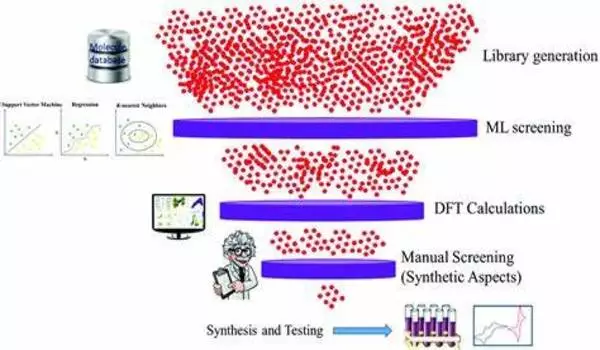
High throughput experiments and machine learning
Leite and graduate students Meghna Srivastava and Abigail Hering decided to examine if machine learning algorithms may be helpful in assessing and forecasting the impacts of moisture on material degradation as a first and critical step toward overcoming these challenges.
Srivastava and Hering developed an automated, high-throughput technique to compare the photoluminescence efficiency of five different perovskite films to the circumstances of Sacramento summer days. In a week, they were able to collect over 7,000 measurements, amassing enough data for a valid training set.
They used this data to train three different machine learning algorithms: a linear regression model, a neural network and a statistical model called SARIMAX. They compared the predictions of the models to physical results measured in the lab. The SARIMAX model showed best performance with a 90 percent match to observed results during a window of 50-plus hours.
“These findings show that we can use machine learning to identify candidate materials and appropriate conditions to prevent degradation in perovskites,” Leite added. The trials will then be expanded to quantify combinations of several environmental influences.
According to Leite, the perovskite film is merely one component of a full solar cell. The same machine learning method might be used to predict the behavior of an entire gadget. “Our paradigm is unique, and I’m looking forward to seeing the upcoming measurements. I am also very proud of the students’ perseverance during the pandemic,” Leite remarked.
